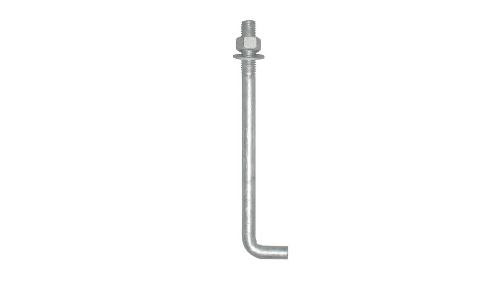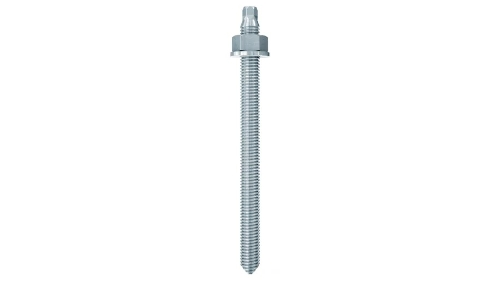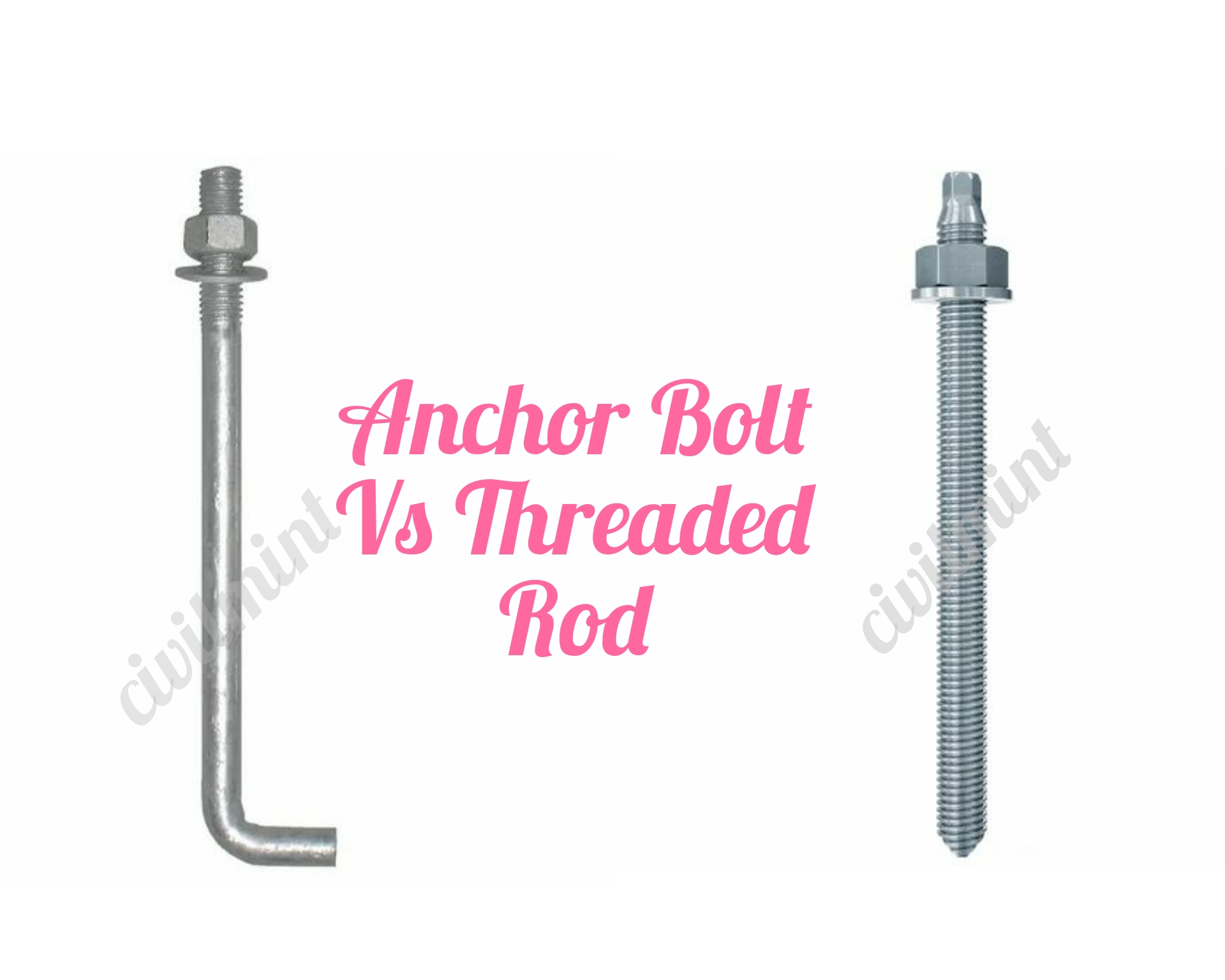Table of Contents
Introduction:
When it comes to construction and engineering projects, fasteners play a vital role in ensuring the structural integrity and safety of various structures. Two commonly used fasteners are anchor bolts and threaded rods.
Although both are designed to secure objects to concrete or other materials, they serve different purposes and have distinct characteristics.
In this blog article, we will go through into the details of anchor bolt and threaded rod, highlighting their unique features, applications, and the key differences between the two.
What Is Anchor Bolts?
Anchor bolts are essential components used to secure heavy machinery, equipment, and structures to concrete or masonry surfaces. These bolts provide a reliable and permanent connection between the object being attached and the foundation material. Anchor bolts are often embedded into concrete during its pouring phase, ensuring they are firmly fixed and capable of withstanding significant loads.

Key Features and Types of Anchor Bolts
a. Head Style: Anchor bolts usually come with different head styles, such as hex head, square head, or round head, to allow for secure attachment of nuts and washers.
b. Threaded End: The opposite end of the head typically contains threads to enable the attachment of nuts or other components.
c. Material: Anchor bolts are commonly manufactured from carbon steel, stainless steel, or other corrosion-resistant materials, depending on the application’s requirements.
d. Types: There are various types of anchor bolts, including wedge anchors, sleeve anchors, and drop-in anchors, each suited for specific applications and load capacities.
Applications of Anchor Bolts
- Securing steel columns and beams to concrete foundations in buildings.
- Installing heavy machinery and equipment in industrial settings.
- Attaching handrails, barriers, and fencing to concrete walkways.
- Fastening outdoor structures like gazebos, pergolas, and flagpoles to concrete slabs.
What Is Threaded Rod?
Threaded rods, also known as studs, are long metal rods with continuous threading along their entire length. They are widely used to create a strong mechanical connection between objects or structures. Unlike anchor bolts, threaded rods are not embedded in concrete but are instead inserted into pre-drilled holes and secured with nuts on both ends.

Key Features and Types of Threaded Rods
a. Thread Size: Threaded rods come in various thread sizes and pitches, allowing for compatibility with different nuts and fasteners.
b. Material: Threaded rods are commonly made from carbon steel, stainless steel, brass, or other materials depending on their application and environmental conditions.
c. Grades: These rods are available in different grades, indicating their tensile strength and load-bearing capabilities.
Applications of Threaded Rods
- Structural bracing in construction and engineering projects.
- Suspended electrical installations like lighting fixtures and cable trays.
- Supporting pipes, conduits, and HVAC equipment.
- Assembling furniture and equipment that require secure connections.
Key Differences between Anchor Bolts and Threaded Rods
1. Purpose and Installation:
The fundamental difference between anchor bolts and threaded rods lies in their purpose and installation methods. Anchor bolts are embedded into concrete or masonry during the construction phase, providing a permanent and strong attachment point for heavy loads. In contrast, threaded rods are inserted into pre-drilled holes and secured with nuts on both ends, creating a removable and adjustable connection between objects.
2. Connection Type:
Anchor bolts offer a rigid connection due to their embedded nature, making them suitable for applications that require a fixed and permanent attachment. Threaded rods, on the other hand, provide a more flexible connection, allowing for adjustments and disassembly when needed.
3. Load Capacity:
Due to their embedded installation and direct load transfer into the concrete, anchor bolts typically have higher load capacities compared to threaded rods. This makes them ideal for securing heavy machinery and structural elements.
4. Application Flexibility:
Threaded rods offer more versatility in applications as they can be easily cut to custom lengths and adjusted during installation. Their removable nature also allows for easier maintenance and repositioning of attached objects.
5. Material and Corrosion Resistance:
Both anchor bolts and threaded rods are available in various materials, but anchor bolts are often preferred for outdoor and corrosive environments due to their embedded installation, which provides better protection against corrosion.
The Bottom Line
Anchor bolts and threaded rods are essential fasteners with distinct purposes and installation methods. Anchor bolts offer a permanent and rigid connection, ideal for securing heavy loads in concrete or masonry, while threaded rods provide a more flexible and adjustable connection for various applications.
Understanding the key differences between these two fasteners is crucial for selecting the appropriate one based on the specific requirements of construction and engineering projects.
Whether it’s for anchoring machinery or creating sturdy connections, both anchor bolts and threaded rods play vital roles in ensuring the safety and stability of structures and equipment.

